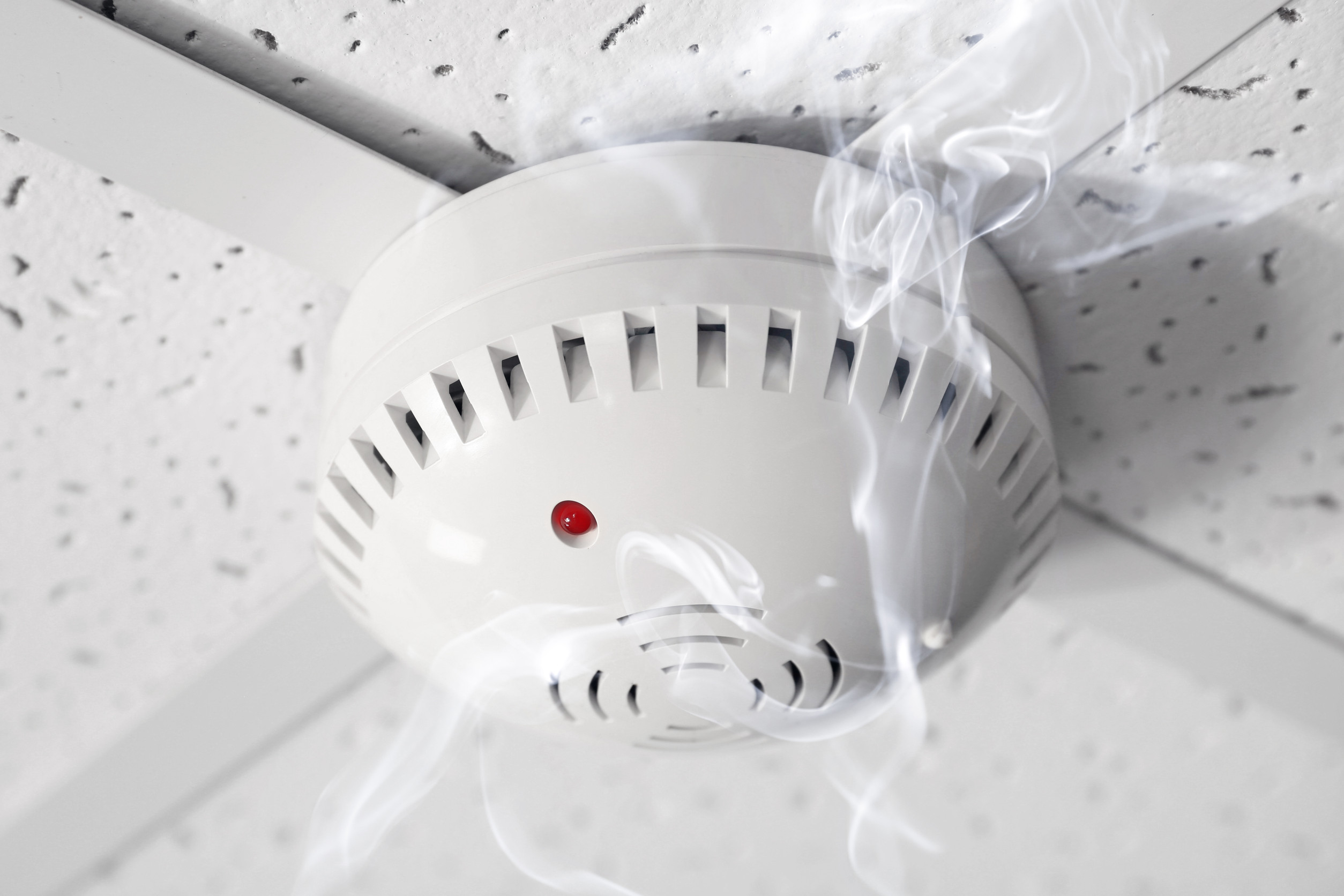So, the inspector’s coming over. The checklist is ready, the clipboard is armed, and your home is about to face the ultimate judgment day. Most people think of safety inspections as nothing more than making sure smoke alarms beep and outlets don’t spark.
But here’s the twist: the little tweaks, upgrades, or shortcuts you’ve made around the house could be the very things that sink you. What seems harmless or clever might actually be a bright red flag that earns you a fail stamp faster than you can say, “But it looked fine on Pinterest.”
1. Swapping Out Light Fixtures Without Checking Wiring
That sleek chandelier or trendy industrial pendant might look like a game-changer, but if it wasn’t wired correctly, it’s a ticking hazard. Many DIY jobs skip grounding, overload the circuit, or leave exposed wiring hidden inside the ceiling. Inspectors know the signs, and they’ll mark it down as unsafe in a heartbeat. Electrical shortcuts can spark everything from power outages to fires. In the eyes of a safety inspection, poor wiring is one of the biggest instant fails.
2. Blocking Fire Exits With Furniture
That cozy armchair by the back door might feel like a design win, but it’s a safety nightmare. Inspectors look for clear pathways out of every key exit, and blocked doors are a hard no. In an emergency, seconds count, and any obstruction could cost lives. Even stylish room dividers, plants, or shelves in hallways can count against you. The bottom line: fire exits need to stay completely clear, or you’ll see that fail box checked.
3. Removing Handrails or Guardrails
Minimalist design often tempts homeowners to pull down bulky railings on stairs or decks. While it might make the space look cleaner, it leaves you wide open to safety violations. Handrails and guardrails aren’t just suggestions—they’re mandatory for preventing falls. Inspectors will flag missing or unstable railings right away, no matter how sleek the area looks without them. Safety always trumps style when it comes to stairs, balconies, and elevated spaces.
4. Covering Vents and Air Returns
That decorative console over the vent might tie the room together, but it blocks airflow and creates a safety concern. Heating and cooling systems depend on clear vents to work efficiently and safely. When airflow is restricted, pressure builds and appliances work harder, risking overheating or even carbon monoxide issues. Inspectors know that covered vents signal poor air circulation and potential hazards. A blocked vent isn’t just an HVAC annoyance—it’s an inspection failure waiting to happen.
5. Using the Wrong Extension Cords Permanently
Extension cords are meant to be temporary, but many households treat them like permanent wiring. Running them under rugs, tucking them behind baseboards, or daisy-chaining multiple cords together is a surefire way to fail. Inspectors will immediately note the fire risk and the lack of proper outlets. Even heavy-duty cords aren’t substitutes for real wiring. If a room depends on extension cords, expect a red mark on the report.
6. Installing the Wrong Type of Smoke Alarms
Not all smoke alarms are created equal, and installing the wrong kind can lead to inspection trouble. Some alarms are designed for living areas, others for kitchens or near bathrooms, and the placement matters. If alarms are too close to cooking appliances, they’ll trigger false alarms; too far away, and they might not go off in time. Inspectors also check expiration dates—yes, alarms expire after about ten years. A mismatched or outdated setup gets flagged as unsafe.
7. Painting Over Safety Equipment
It might seem harmless to paint around sprinkler heads, detectors, or outlet covers, but inspectors can tell. Even a thin layer of paint can clog sensors or create malfunctions in critical equipment. Painted-over sprinkler heads are a huge violation because they may not deploy properly in a fire. Outlets, switch plates, and alarms that look “sealed” under paint are a clear sign of negligence. The inspector’s pen will not hesitate on this one.
Safety First, Style Second
The truth is, most inspection failures don’t come from giant, obvious hazards—they sneak in through those small, everyday changes people make to improve comfort or design. A blocked exit, painted detector, or hidden extension cord may seem minor, but to an inspector, they’re red flags that point to real risk. Passing an inspection is about proving your home is both stylish and safe. A little awareness today can save you stress, fines, or costly corrections tomorrow.
What’s the one household habit you think would trip up the average inspection? Share your thoughts or drop a comment below.
Read More
10 Household Items That Make You Legally Liable in Accidents
6 Warnings Your Home Inspector Isn’t Legally Allowed to Say Out Loud


